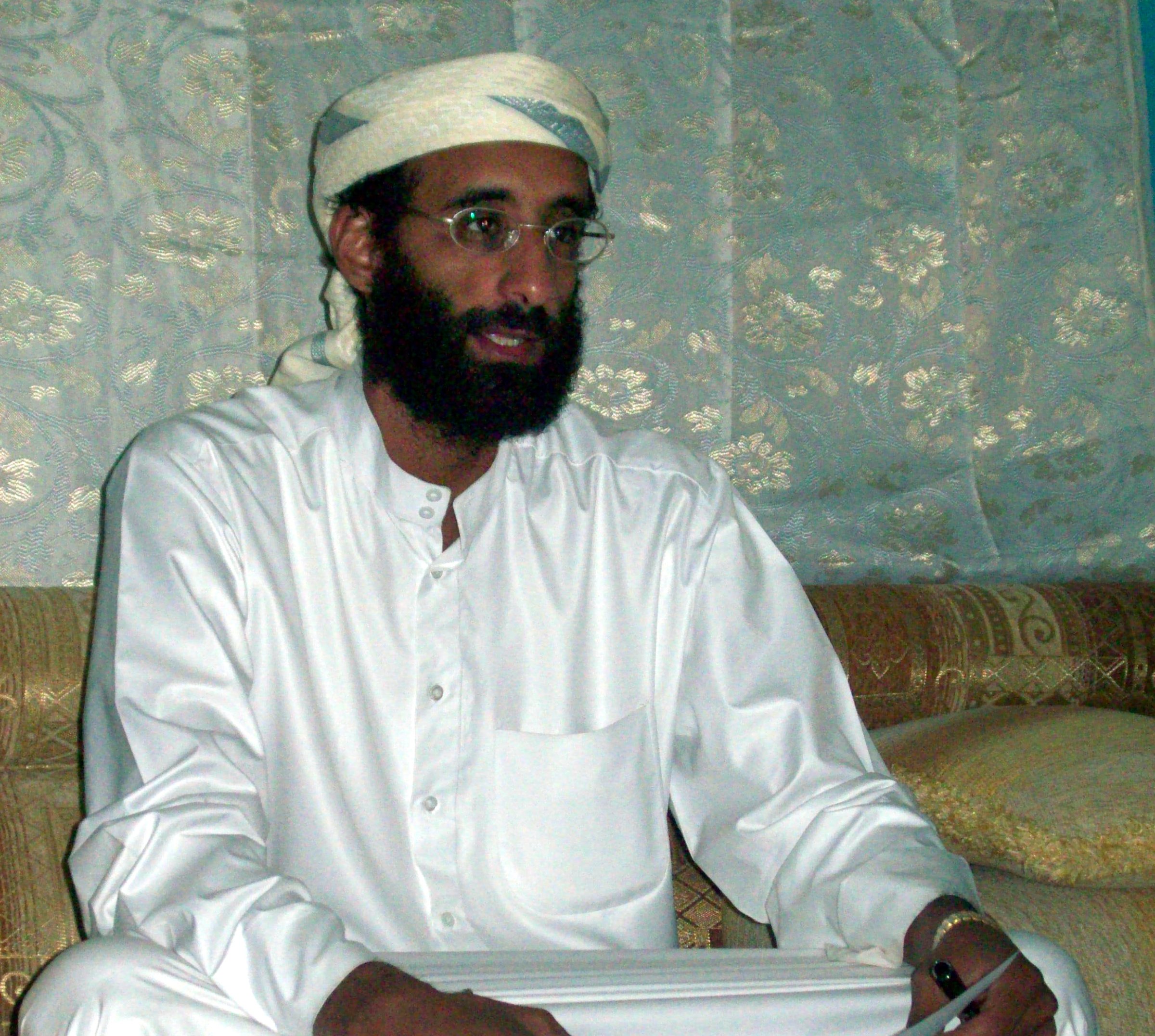
Correction appended, June 23
A federal court released a legal memo that justified the drone killing of alleged American terrorist Anwar al-Awlaki on Monday, after years of legal wrangling.
The U.S. government earlier this year lost a freedom-of-information lawsuit filed by the New York Times and American Civil Liberties Union calling for the release of the memo, drafted by the Department of Justice Office of Legal Counsel. It provided the legal basis for killing the New Mexico–born leader of al-Qaeda in the Arabian Peninsula, al-Awlaki, in Yemen in September 2011.
The Department of Justice decided against appealing the ruling amid pressure from congressional lawmakers, who were holding up the nomination of David Barron, the attorney who drafted the memo.
A “white paper” summary of the document was leaked to the media in early 2013. The memo argues that because capturing al-Awlaki was infeasible and he posed an “imminent threat” to the U.S. that a drone strike could be carried out.
Jameel Jaffer, the ACLU’s deputy legal director, said the release of the memo would shed new light on the government’s drone program. “There are few questions more important than the question of when the government has the authority to kill its own citizens,” he said. “This memo’s release will allow the public to better understand the scope and implications of the authority the government is claiming. We will continue to press for the release of other documents relating to the targeted killing program, including other legal memos and documents relating to civilian casualties.”
Parts of the memo remain redacted because they are classified, with just 31 of 41 pages released and substantial portions blanked out, but here is the memo as released publicly:
[scribd id=230975716 key=key-CRRqYYpgt5MokQOGt1Wl mode=scroll]
Correction: The original version of this story misstated the circumstances of the memo’s release. It was released by a federal court.
More Must-Reads From TIME
- The 100 Most Influential People of 2024
- Coco Gauff Is Playing for Herself Now
- Scenes From Pro-Palestinian Encampments Across U.S. Universities
- 6 Compliments That Land Every Time
- If You're Dating Right Now , You're Brave: Column
- The AI That Could Heal a Divided Internet
- Fallout Is a Brilliant Model for the Future of Video Game Adaptations
- Want Weekly Recs on What to Watch, Read, and More? Sign Up for Worth Your Time
Contact us at letters@time.com